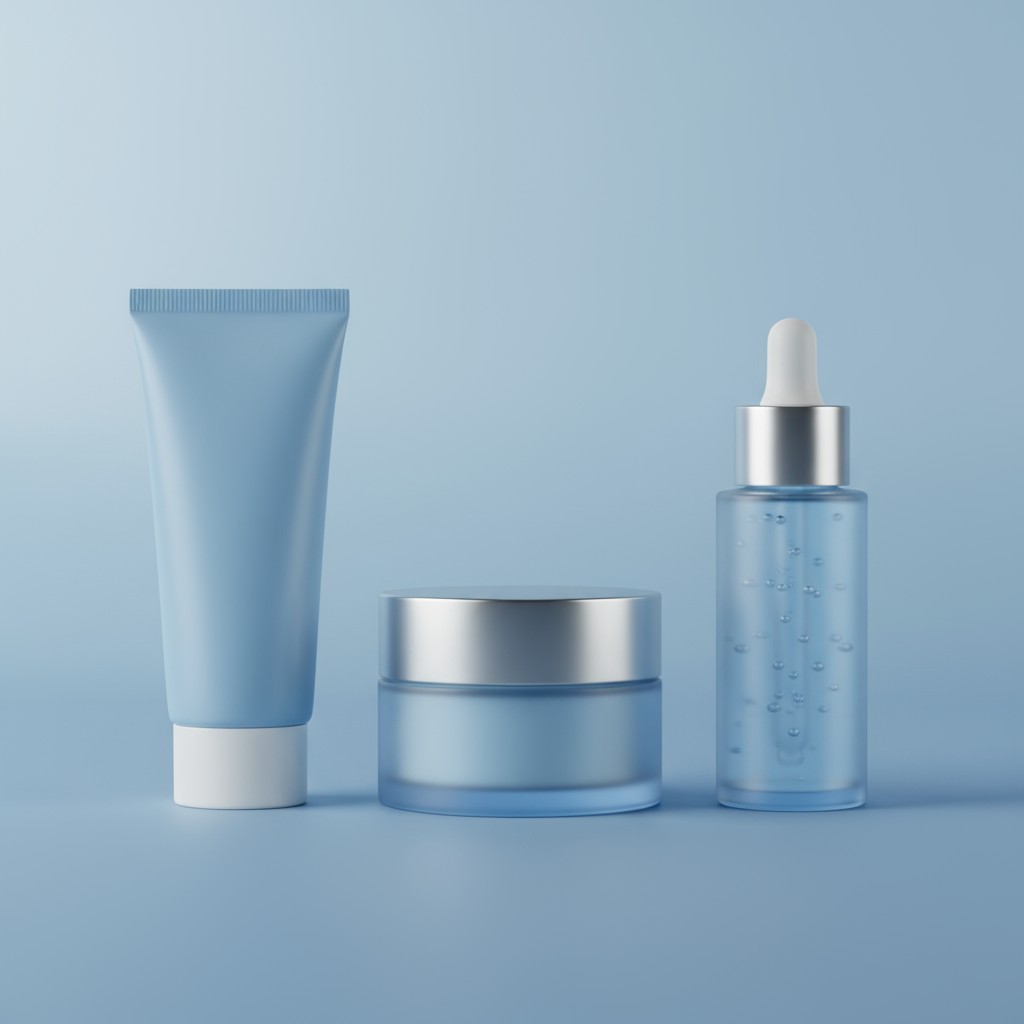
How strategic market research saved a cosmeceutical brand from an unprepared launch
When a B2B cosmeceutical brand considered expanding into Poland, the founder faced a big unknown: would this market actually work for her products?
To get clarity, she brought me in to run an in-depth market research project. The goal? Find out whether entering this new region made business sense, and if so, how to do it smartly.
The challenge
This wasn’t a branding or sales campaign. It was a focused validation project designed to answer one question:
Is now the right time to launch this brand in Poland?
The product line, professional-grade skincare for estheticians and cosmetic clinics, had a strong track record in another market. But Poland’s professional beauty sector is mature, competitive, and full of nuance. The founder needed to understand:
How saturated the market already was
What pricing dynamics and margin expectations looked like
Who the major players were, and how they positioned themselves
What regulatory hoops she would have to jump through
Whether her offer had any clear differentiators
What we did?
We started with a wide-angle view, then zoomed into specifics.
1. Desk research
I mapped out market trends, category dynamics, and competitive saturation using open sources, local-language industry reports, and pricing databases. I also identified the top-performing brands and distribution models already in use.
2. Competitive outreach
We didn’t just read, we talked. I made exploratory calls to potential distributors and clinics, tested messaging, and confirmed whether her value proposition resonated in real life.
3. Groundwork
We visited trade shows, spoke to vendors, gathered catalogs, and validated product positioning in real-world settings, not just on paper.
4. Strategic planning
Based on all findings, I created a go-to-market readiness checklist and mapped out what a 6 to 12 month ramp-up would need to look like, including costs, timelines, and risks.
What happened next?
Instead of launching immediately, the founder chose to delay.
That one decision saved her thousands in potential trial-and-error spend. She avoided the common trap of going live without market fit and came away with a clearer sense of what it would take to succeed when she is truly ready.
She didn’t “fail to launch.” She learned when not to launch, and that’s a win.
Want to know for sure?
If you're planning an expansion and want real insight, not just vibes, let's talk.
